Havana, Cuba
Dec. 18-22 and Dec. 28-29, 2015
We shared the streets of this historic town with 1000’s of visitors and the 2 million permanent residents. Havana was discovered 400 years ago by the Spanish and because of this has influence from the Spanish culture. The Spaniards built forts and a wall around the city, many of which still stand.
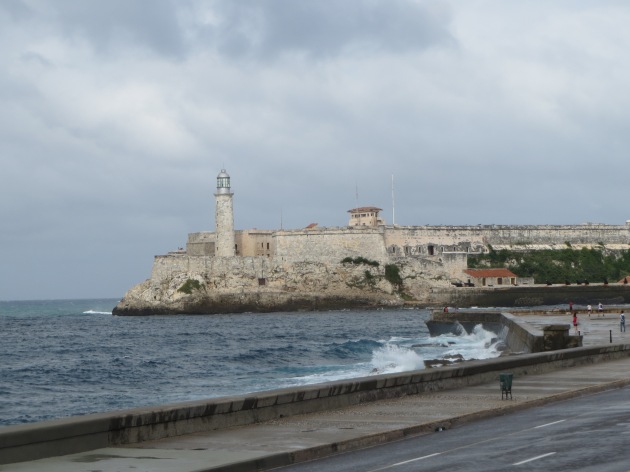
La Cabana, Fort Saint Charles

El Morro Castle


The first few days there were HUGE waves coming over the wall. Kids LOVED it.!
The first thing we did was visit the nearby Hotel Nacional as it was close to our Casa Particular. We actually bumped into people we’d met the day before at the airport and flew with to Cuba. Was nice to see familiar faces. They were from Chicago and mentioned that they had just run into Rahm Emanuel, the mayor of Chicago inside the hotel lobby.
The hotel opened its doors in 1930 as it was designed by and for American tourists only and at first no Cubans were allowed to stay there. The Hotel is a dominant site in Havana and the tours we took passed by it several times. The view from the garden was a 180 degree view of the harbor.
We walked inside and immediately were hit by the history of the area in the lobby. There are still decorations in the Cuban style of 1930s, chandeliers, mahogany furniture and brass fixtures. There are photos of famous visitors around the hallways including Fred Astaire, Frank Sinatra, Gary Cooper and even Walt Disney.
Walking in the grounds of the Hotel Nacional de Cuba we noted more history immediately. Walking into the ground level ‘museum’ we read of the Cuban Missile Crisis, (or as they say in Havana the October Crisis). We continued to the underground tunnels that make a circle underneath the hotels lawn and gardens. The tunnels once housed periscopes used by Cuban intelligence in espionage efforts but never nuclear arms. It was very interesting to walk on these grounds.
As we continued our explorations, we knew that there were 3 parts to Havana, Old Havana, Centro and Vedado. Our casa was between the University and Habana Libre, and walked to Old Havana each day (about 1.5 miles). We would walk through Centro as we headed towards Old Havana. There is so much history in the buildings and such, however many are crumbling and falling in on themselves, so it is sad to see that the Cubans have not been able to save more of the historic architecture of the area. 


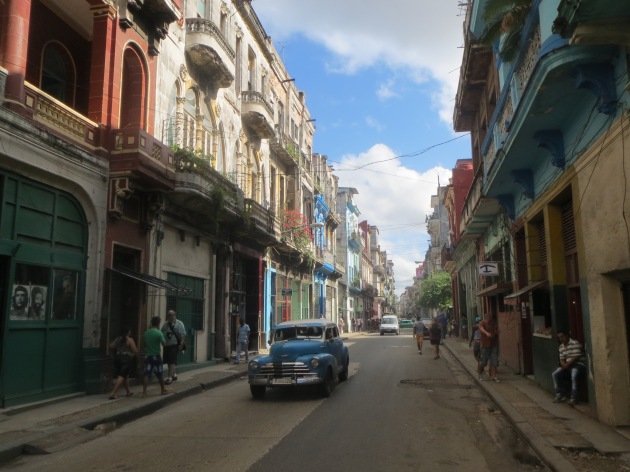
One of our favorite stops was Hamel’s Alley an alley painted by the neighborhood to tell the story of Santera, the Afro-Cuban religion. Each time we walked through it there we musicians playing music. This was the one spot in town that I felt as if everyone expected money.
We spent our days roaming the Old Havana area full of history and the governmental center of Cuba. We walked through narrow streets and old buildings with balconies full of laundry, plants and people. Many of the home owners offer a room in their home for guests called ‘casa particulars’. They ranged from 20 to 40 CUC’s a night. (when we visited a CUC is 1/1 with the $ but there is a 10% exchange rate).
Some areas of city we enjoyed more than others, I enjoyed the San Fancisco area a lot. The Cubans are trying to renovate many of their plaza’s including Plaza Vieja, Plaza de la Catedral, Plaza de San Francisco and Plaza de Armas as well as the walking only streets: Obispo and Mercaderes both of which we walked on a LOT.

trying to do some renovations!
We also took the ‘on /off’ open topped bus ride around the town. It was well worth the 5 CUC/pp cost. It took us outside of the downtown center and out to the suburbs of Havana. We were on it for a full 2 hours and then asked for a transfer and eventually rode it back towards our casa.

Top of the bus!
The bus takes you through the city centre and out to the Miramar (consulate) district, to the Plaza de la Revolucion and back through other suburbs, along the Malecon and into town. We sat on the opened top level of the bus, yes we had broken seats, occasional rain showers and the exhaust fumes were as strong as you might expect, but we enjoyed the ride. JUST know that this is NOT an ‘informative’ tour. There is someone talking occasionally but the sound does not travel to the top level and it is not ‘full of information.’
And we did the ‘touristy’ thing of renting a 1950’s car for a one hour tour, that basically followed the same route as the on off bus, for double the cost! It was worth it though if for nothing else, the experience.
All in all Havana will leave us with memories but happy and frustrating. The quote in the Lonely Planet guidebook truly defined our trip:
” Timeworn but magnificent, dilapidated but dignified, fun yet maddeningly frustrating ~ Cuba is a country of indefinable magic.”
We are thrilled we saw it BEFORE it is full of KFC’s/ McDonalds/ and other typical American businesses that are sure to be there in the next few years.










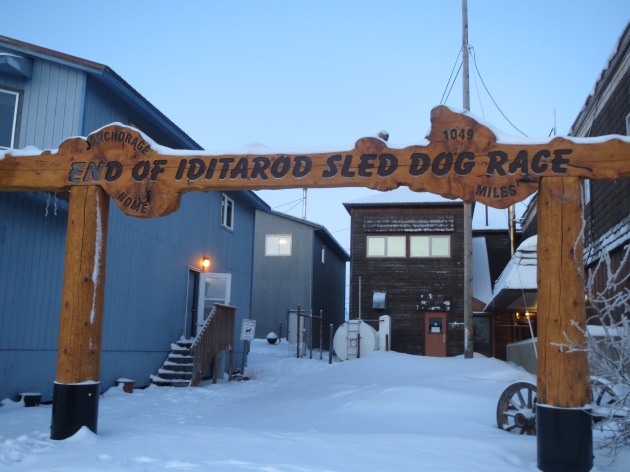




































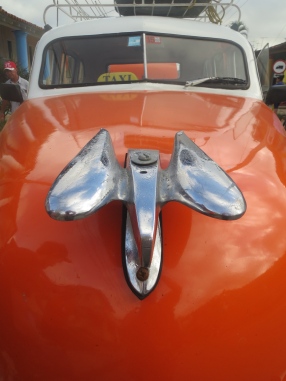


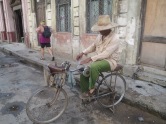






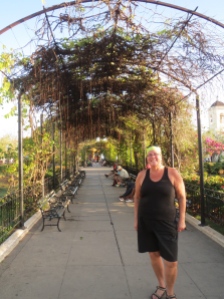




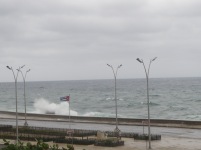
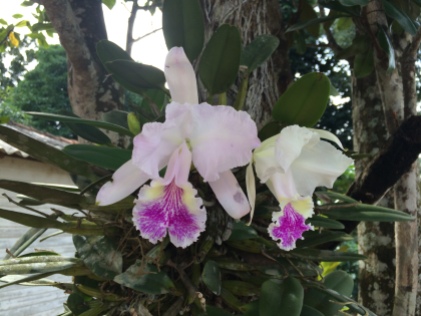



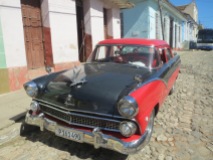









































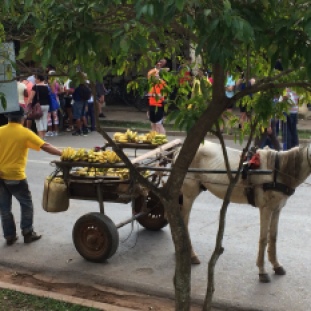


 We then secured our taxi to Trinidad then hired a taxi to take us to Cuevas de Santo Tomas (caves). We paid $13pp for taxi ride and $10pp for entry (You MUST have your passport to enter). Helmet and headlamp were given to each of us and we headed up a steep 200 foot climb up rocky, unstable terrain to the entry of the caves.
We then secured our taxi to Trinidad then hired a taxi to take us to Cuevas de Santo Tomas (caves). We paid $13pp for taxi ride and $10pp for entry (You MUST have your passport to enter). Helmet and headlamp were given to each of us and we headed up a steep 200 foot climb up rocky, unstable terrain to the entry of the caves.






























